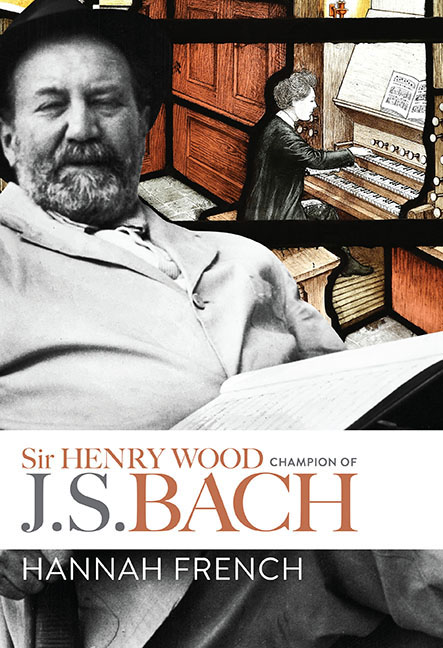Book contents
- Frontmatter
- Dedication
- Contents
- List of Illustrations
- List of Music Examples
- List of Tables
- Prologue
- Acknowledgements
- List of Abbreviations
- PART I CONTEXTUALISING
- PART II PROGRAMMING
- PART III INTERPRETING: ORCHESTRAL WORKS
- PART IV INTERPRETING: VOCAL WORKS
- 9 The Cantatas
- 10 Passions and the Mass
- PART V INFLUENCING
- APPENDICES
- Bibliography
- General Index
- Index of Works by J.S. Bach
9 - The Cantatas
from PART IV - INTERPRETING: VOCAL WORKS
Published online by Cambridge University Press: 07 September 2019
- Frontmatter
- Dedication
- Contents
- List of Illustrations
- List of Music Examples
- List of Tables
- Prologue
- Acknowledgements
- List of Abbreviations
- PART I CONTEXTUALISING
- PART II PROGRAMMING
- PART III INTERPRETING: ORCHESTRAL WORKS
- PART IV INTERPRETING: VOCAL WORKS
- 9 The Cantatas
- 10 Passions and the Mass
- PART V INFLUENCING
- APPENDICES
- Bibliography
- General Index
- Index of Works by J.S. Bach
Summary
We acknowledge that you were one of the greatest composers of all time … but you didn't understand in the slightest how to write your own music.
(‘Acca’, Musical Times, 1935)THE rediscovery of Bach's cantatas was a long process with its roots in the publication of the Bach-Gesellschaft editions. But yet again history proves that the publication of scores did not necessarily prompt performances, and premieres could be claimed well into the twentieth century. Records show that cantatas were programmed across the full spectrum of performance spaces, from private gatherings to public concerts and from church services to dramatised festivals.
Henry Wood programmed cantatas throughout his career, but with the constant features of a large orchestra at his disposal and concert-goers with an appetite for the orchestral sounds of the late nineteenth century, he prepared his own re-scored versions. In his quest to make Bach both accessible and exciting to new audiences, his approach divided contemporary opinion. Whereas Havergal Brian may have argued that a cantata sinfonia ‘modernized’ by Wood was ‘one of the most completely satisfying things yet experienced’, more general opinion of his treatment of the cantatas was not favourable. Writing in 1929, for example, the critic Frank Howes suggested:
He appears to think that all composers’ scoring ought to sound alike, viz., like Wagner played turgidly at that. He ruthlessly adds clarinets, doubles string parts with wind, adds trombones to Bach, and destroys all sense of lines in the contrapuntal type of scoring by sheer weight of redundant notes. Not only is it bad, it is wrong; not only is it wrong, it is unnecessary. Why, then, do it?
The simple answer is Wood's own conclusion: ‘transcriptions are not to everybody's taste’.
The total number of cantatas now catalogued in the Wood Archive surpasses previous estimates of Wood's activity, and it is evident that he owned the full collection published by the Bach-Gesellschaft. Many, but not all, of his own arrangements can be traced to Proms performances with dates of premieres noted on the score covers. However, Proms programmes (and those of other concerts elsewhere) record further cantatas for which neither scores nor parts survive, suggesting that they were either lost or hired from another library.
- Type
- Chapter
- Information
- Sir Henry Wood: Champion of J. S. Bach , pp. 185 - 214Publisher: Boydell & BrewerPrint publication year: 2019

